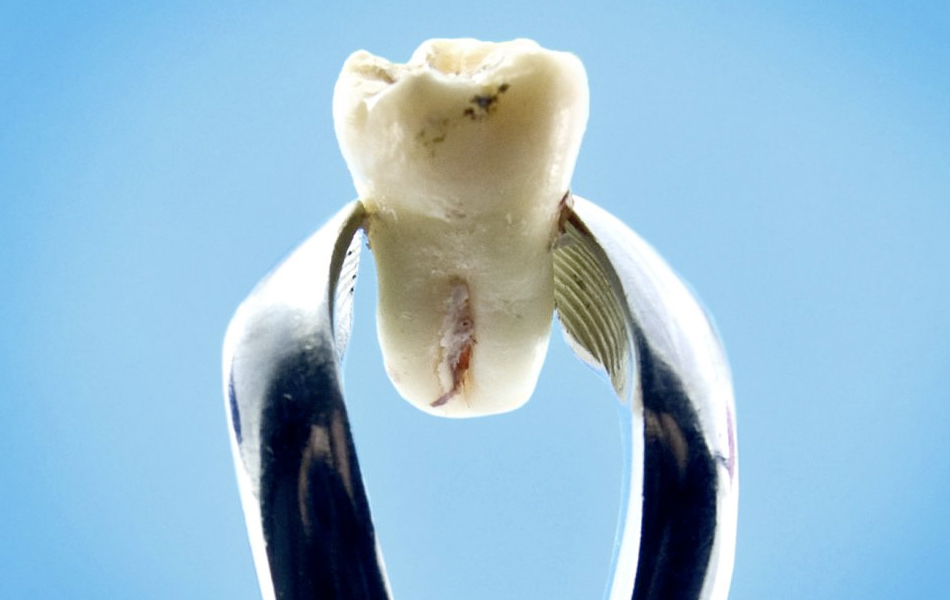What to Know About Wisdom Teeth Extractions | Ardas Family Dental

While some people will have their wisdom teeth come in with plenty of room naturally, many people experience crowding that results in an impacted wisdom tooth—or a tooth that is coming in at an angle.
This can result in pain and, if untreated, infection or structural damage. That’s why wisdom tooth extraction is one of the most common dental procedures.
Prepare for the Procedure
Wisdom tooth extraction is a very routine outpatient procedure, but it’s still a surgery that won’t be performed on the same day that your dentist recommends it.
You’ll need to schedule an appointment for the procedure. This is your opportunity to ask the dentist any questions you may have, make arrangements for transportation, arrange for a few days off work or school for recovery, and review preoperative instructions from your dentist.
What Happens During Extraction
Once you’re in for your appointment, the dentist will review which tooth or teeth are being extracted and make sure that you’ve made the appropriate arrangements for safe transportation home. Then, wisdom tooth extraction follows a basic procedure:
First, sedation is selected and then administered. There are several options available depending on your medical conditions, anxiety levels and sensitivity to pain. Once the sedation has taken effect, the dentist prepares the affected tooth or teeth with an additional local anesthetic and takes additional imaging of the area, if needed.
The extraction then begins with the removal of gum tissue surrounding the impacted wisdom tooth or teeth. Once the impacted teeth are visible, the dentist will gently loosen the teeth from connective tissue. Once the teeth are loosened, he or she will use surgical instruments to remove the teeth completely.
After the extraction is complete, the dentist sutures the area with stitches if necessary, and then you’ll be brought out of sedation.
Recovery
After your procedure, your dentist will provide instructions for care after surgery. While the combination of sedation and anesthesia make the process of extraction painless, you can expect some pain and swelling during your recovery process.
Plan on taking a few days off to recover, and limit your food intake to soft foods. Your dentist will likely provide a prescription for your pain, or recommend over-the-counter pain relief that will work well for you.
If you notice any unusual symptoms during recovery, such as fever, discharge or an increase in pain, contact your dentist—complications and infections are rare, but still possible.
Only a dentist can determine if your wisdom teeth are coming in without issue or if you need extraction to avoid complications. For the best dental care, visit your dentist twice a year. You can request your next appointment with Ardas Family Dental online or call (720) 459-8420!
